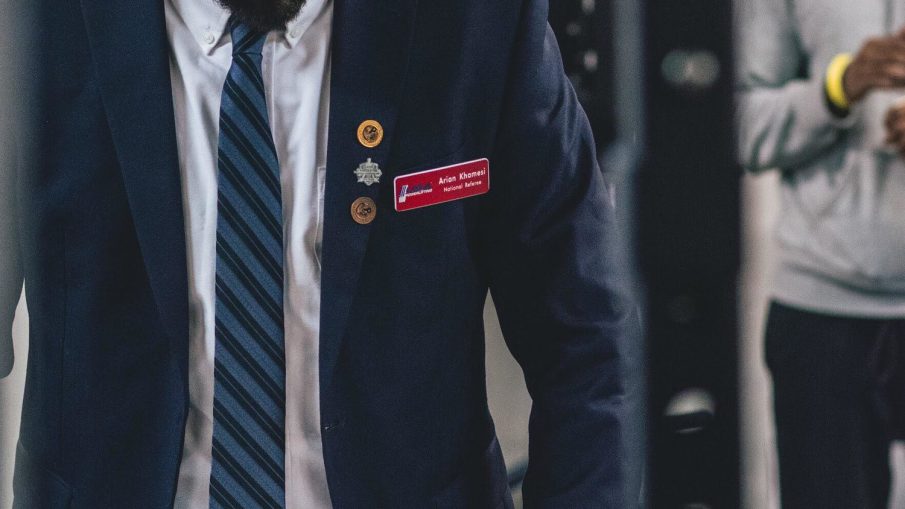A big part of Powerlifting, among coaches and athletes alike, is attacking the weakness or weaknesses in a competition lift to bring it up. Unfortunately, often the weakness isn’t being properly identified and the lifter wastes time on programming that doesn’t improve their competition lift. This blog post goes over some concepts to think about and ways to more effectively determine a weakness or weaknesses in a competition lift.
First, many Powerlifters are looking for a “weak point” or “sticking point”. From my experience, there isn’t a singular point in space where suddenly, the lifter becomes weak. Force production and acceleration typically start to decrease, possibly bottom out, and then start to increase again. So, a better way to think about it is as there being a “weak ROM” or “weak area” in the lift.
Secondly, this weak ROM typically occurs lower than what I’ve seen many powerlifters determine as their “weak/sticking point”. This is because usually the wrong marker is used in determining the weakness. Typically, a coach or lifter looks at where the barbell stops (vertical velocity = 0) in a failed lift or where the barbell slows down the most (minimum vertical velocity) in a made lift. But when you analyze a lift further, you’ll see that vertical acceleration and force production decrease prior to the minimum vertical velocity occurring. Thus, if you designed your training around strengthening the point at which the minimum vertical velocity occurs, then you’d be training above your weak ROM. The more effective method would be to obtain a vertical acceleration graph vs time, find the area where the acceleration is hitting low points, and design the training around strengthening that ROM and below it.
Finally, many Powerlifters try to determine which singular muscle is weak when analyzing their competition lifts. The competition lifts are complex, multi-joint and multi-muscle movements. Some muscles are working in unison concentrically to extend a joint and some muscles are working in unison isometrically to maintain a joint angle. This makes it very difficult to determine a single weak muscle, if there’s only a single muscle that’s weak in the lift. More importantly, it’s highly likely that an incorrect assumption is being made and its multiple muscles that are weak in the lift. So, the more effective way to look at it is by thinking of it in terms of movement, not muscle. In the previous paragraph, we discussed how you should be determining the weak ROM in the lift. Next, you want to determine which movement best matches the position the body and joints are in during this weak ROM. Then you can develop a training cycle that utilizes these movements to strengthen your weak ROM.
Hopefully these points give you something to think about and give you another way of analyzing your lifts, when attempting to determine your weaknesses. Focus on a ROM, rather than a singular point. Focus on vertical acceleration, rather than vertical velocity. Focus on movements, rather than muscles. Doing such will give you a better of effectively determining your weaknesses and getting you ahead of your competition.

